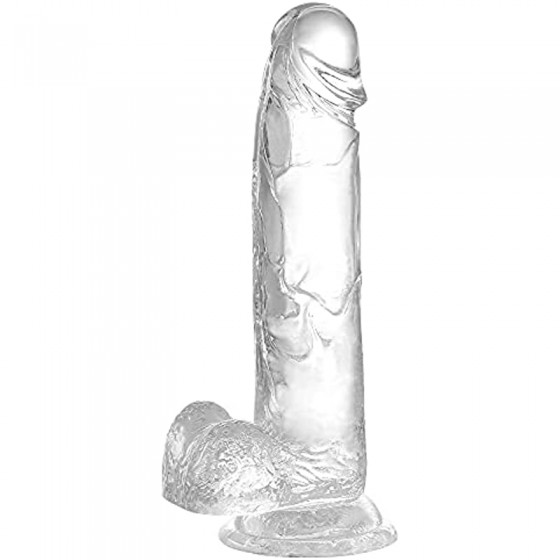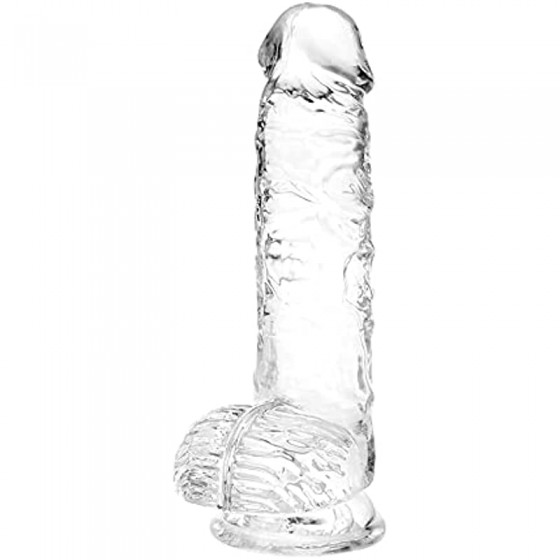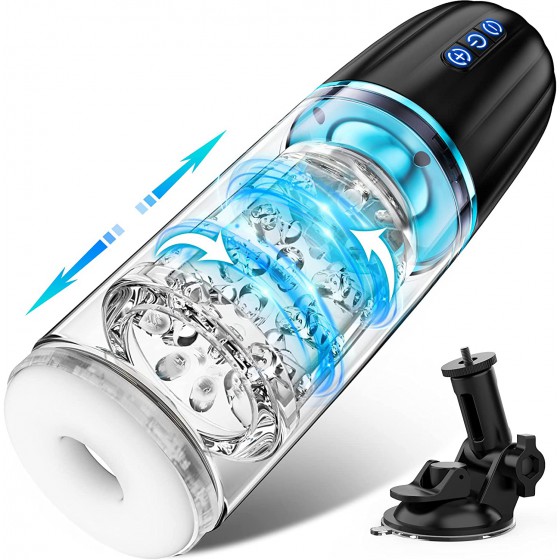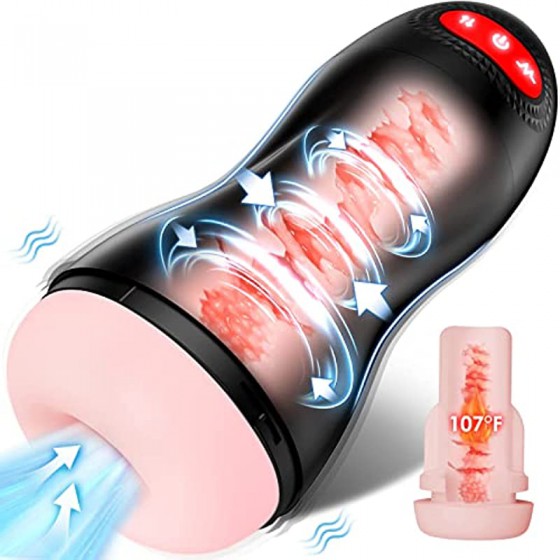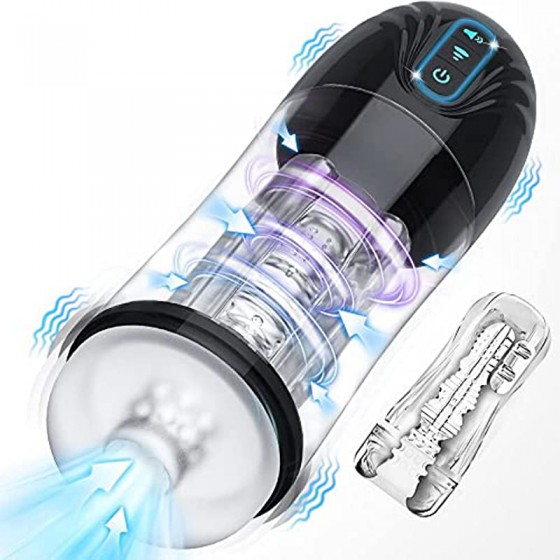Physiological functions of epididymal ducts
For the convenience of research, scientists artificially divided the epididymis into three parts: head, body and tail. A dozen tortuous output tubules emanate from the rete testis, coiled together to form the head of the epididymis. In this section, the small tubes gradually merge, and finally form a thin, long, highly coiled tube that forms the body and tail of the epididymis, which is the epididymal duct. If we straighten it and measure it, you may be surprised to find that the epididymis, which is only a few centimeters long, has a tube that is 4-6 meters long. The diameter of the epididymal tube is 0.4-0.5 mm. It is thinner at the beginning and gradually becomes thicker, reaching 0.5 mm at the end. The tail end of the epididymis joins the beginning of the vas deferens.
From the perspective of tissue structure, the epididymal duct epithelium is composed of two types of cells: one is called basal cells, the top of which is a certain distance from the epididymal lumen. There is no difference in the shape of each part of the epididymis, and it is generally considered to be a reserve cell. ; The other type is called chief cells, which are the material basis for maintaining the physiological functions of the epididymis. The morphological structure of the chief cells in each segment is very different, which also reflects the differences in physiological functions of each segment. In addition to epithelial cells, the tissue structure of the epididymal tube wall also undergoes regular changes. The smooth muscle in the initial segment of the epididymal tube has spontaneous rhythmic contraction, while the smooth muscle in the tail does not have this characteristic and only exhibits strong rhythmic contraction at the moment of ejaculation. So why is the epididymal duct so long? It turns out that the epididymal duct not only has the function of outputting a small amount of fluid containing sperm, but it is also a place where sperm is stored and matured. Specifically, the epididymis has the following main physiological functions.
◆1. Absorption function◆
The supporting cells of the testis can produce a large amount of testicular reticular fluid every day. For example, a ram can secrete about 40 ml of testicular reticular fluid every day, while the amount discharged from the epididymis is only a few hundred microliters, which means that 99% of testicular secretion fluid is Reabsorbed back into the body by the epididymal epithelium. Animal experiments show that the testicles will not swell when the vas deferens is ligated, but if the testicular output tubules are ligated, the testicles will swell the next day. This fully proves that the epididymis has a strong absorptive function, but the significance of reabsorption is not yet clear.
◆2. Secretion of nutrients to promote sperm maturation◆
The epididymis has a strong secretory function and can secrete glycerophosphocholine, carnitine, glycoproteins and various enzymes. These substances are related to the metabolism, maturation and normal physiological functions of sperm. Sperm never simply stay and pass by in the epididymal tube, but during the long journey, they continuously absorb nutrients secreted by the epididymal tube wall, such as carnitine, and continue to develop until they reach maturity. The concentration of carnitine in the epididymis can be 500 times that in the blood. Animal experiments show that if the epididymal duct is removed and the vas deferens is directly anastomosed to the testicular output tubule, the sperm discharged through the vas deferens will not have the ability to fertilize. If the vas deferens is anastomotic to about 1 cm from the beginning of the epididymis, the discharged sperm will have motility and fertilization ability. This indicates that the head of the epididymal duct is absolutely necessary for sperm maturation. The glycerophosphocholine secreted by the epididymal duct is related to maintaining the hypertonic microenvironment of the tail of the epididymis. It can also be used as an energy source for sperm in the female reproductive tract, because there is an enzyme in the female reproductive tract that can decompose glycerophosphocholine into lactic acid and fructose. .
◆3. Sperm storage◆
After sperm enters the epididymis, it usually stays for about 19-25 days. The sperm reaches the tail of the epididymis. If it cannot be discharged in time, it is stored in the tail first. Due to the special environment in the lumen of the epididymis, the liquid is acidic in nature, has a very high osmotic pressure, low oxygen content, and high carbon dioxide content, which keeps the sperm in a resting state in order to store energy. Sperm can survive in the cauda epididymis for 28 days or more.
◆4. Secretion function◆
The androgen content in epididymal fluid is very high. In addition to the rete testicular fluid secreted from the blood circulation and testicles, recent studies have found that the epididymal epithelium itself can also secrete a small amount of androgens.
◆5. Immune barrier function◆
The epididymis itself has a barrier function, which can prevent sperm from entering the epididymal epithelium to avoid autoimmune reactions. After vasectomy, this barrier may be destroyed, so the special macromolecular substances (antigens) on the surface of sperm come into contact with the immune system in the body, and a side reaction after vasectomy - autoimmunity to sperm antigens - will occur. reaction. Simply put, it means that the body produces a substance (immunoglobulin or antibody) that can inhibit sperm activity or kill sperm.
◆6. Shrink function◆
The spontaneous and rhythmic contraction of testicular efferent tubules and epididymal ducts can transport sperm to the vas deferens. Of course, this also includes the effects of testicular reticular fluid flow rate and epididymal lumen pressure. Frequent ejaculation will put the muscles of the epididymal tube wall into a state of fatigue, thus affecting the contraction function and leading to a decrease in sperm.
◆7. Degradation and absorption of unejaculated sperm◆
There are phagocytes in the epididymis, which can gradually disintegrate and absorb unejaculated sperm.
In short, the details and exact significance of a series of important changes during the operation of sperm in the epididymis are not yet fully understood. However, it has been recognized that some patients with infertility have poor sperm motility or dead sperm, which may be related to epididymal dysfunction. Scientists are looking forward to unraveling the mystery of sperm maturation soon so that they can find ways to interfere with the sperm maturation process. The head of the epididymis is currently recognized as the most ideal site for anti-sperm maturation drugs. Because the drug acts here quickly, fertility can be restored quickly after stopping the drug. More importantly, the side effects are small and it does not affect testicular function. Therefore, it is very effective for men. The interference with normal physiological activities will be very small.
This article comes from adult.6kmall.com and is published by netizens. This site only quotes it for reference. It does not mean that this site agrees with the views of the article. If you believe that the content and intellectual property rights of this article infringe upon your interests, please contact us.


